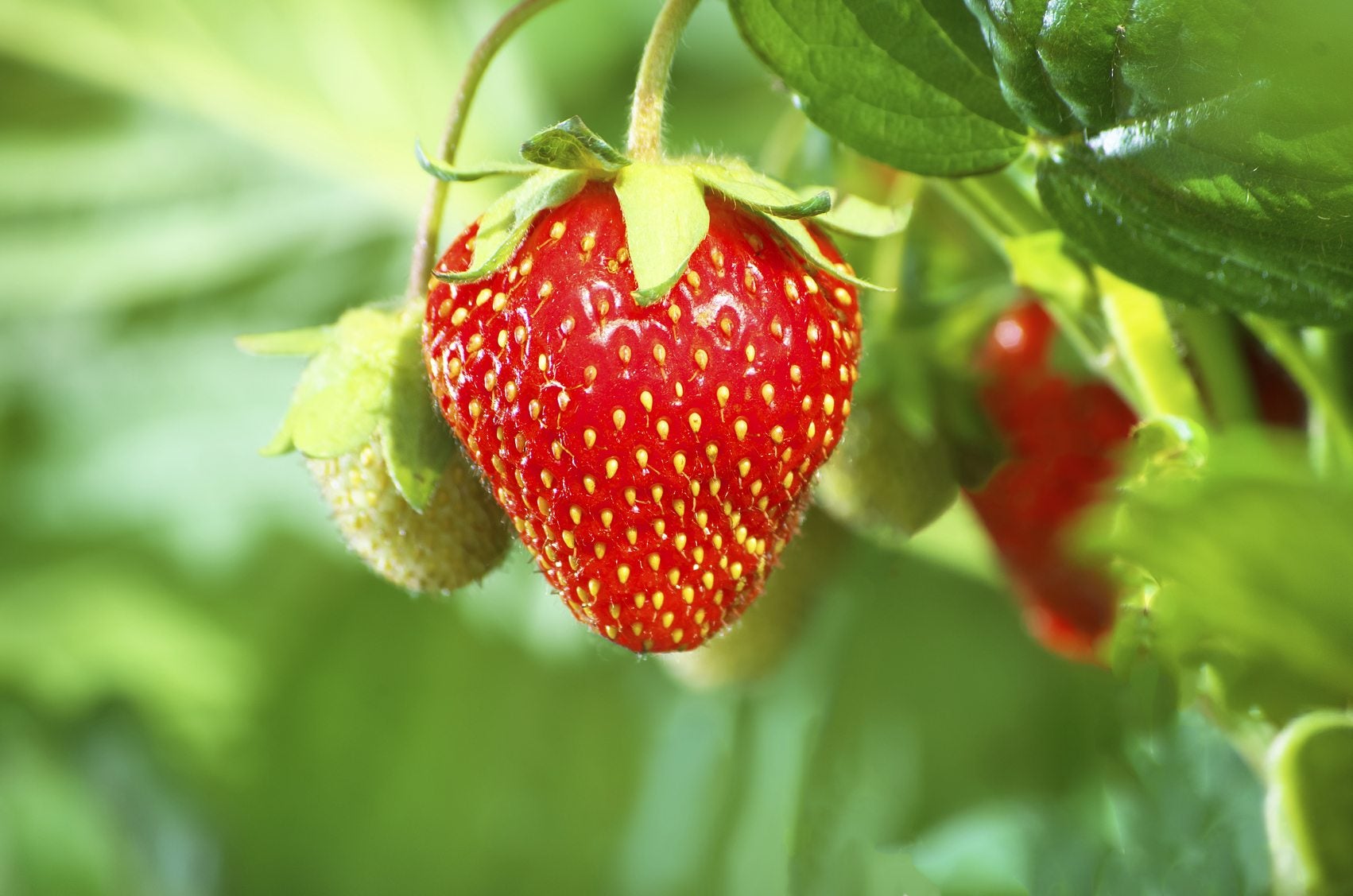Strawberry Seed Growing: Tips On Saving Strawberry Seeds

I had a sudden thought today, “can I harvest strawberry seeds?” I mean, it’s obvious that strawberries have seeds (they’re the only fruit that has seeds on the outside), so how about saving strawberry seeds to grow? The question is how to save strawberry seeds for planting. Inquiring minds want to know, so keep reading to find out what I learned about growing strawberry seeds.
Can I Harvest Strawberry Seeds?
The short answer is, yes, of course. How come everyone doesn’t grow strawberries from seed then? Growing strawberry seeds is a bit more difficult than one might think. Strawberry flowers pollinate themselves, meaning that after prolonged seed saving, the plants would become inbred with less than stellar berries. If you save seeds from Fragaria x ananassa, you are saving seeds from a hybrid, a combination of two or more berries that have been bred to bring out the most desirable traits of each and then combined into one new berry. That means that any fruit won’t come true from that seed. Wild strawberries, however, or open pollinated cultivars, such as “Fresca,” will come true from seed. So, you need to be selective about your strawberry seed growing experiment. I use the term “strawberry seed growing experiment” because depending upon the seed you select, who knows what the results might be. That said, that’s half the fun of gardening; so, for those of you who are seed saving devotees, read on to find out how to save strawberry seeds for planting.
How to Save Strawberry Seeds for Planting
First things first, saving the strawberry seeds. Place four to five berries and a quart (1 L.) of water in a blender and run it on its lowest setting for 10 seconds. Strain out and discard any floating seeds, then pour the rest of the mixture through a fine meshed strainer. Let the liquid drain out into the sink. Once the seeds are drained, spread them out on a paper towel to dry thoroughly. Store the saved seeds in an envelope inside a glass jar or in a zip-lock bag in the refrigerator until one month prior to planting them. One month before you plan to plant the seeds, place the jar or bag in the freezer and leave it for a month to stratify. Once the month has passed, remove the seeds from the freezer and allow them to come to room temperature overnight.
Growing Strawberry Seeds
Now you are ready to plant the strawberry seeds. Fill a container that has drainage holes to within ½ inch (1 cm.) of the rim with damp sterile seed starting mix. Sow the seeds an inch (2.5 cm.) apart over the surface of the mix. Lightly press the seeds into the mix, but don’t cover them. Cover the container with plastic wrap to make a mini greenhouse and place it under a grow light. Set the light to run for 12 to 14 hours a day or place the mini greenhouse on a south-facing windowsill. Germination should occur within one to six weeks, provided the container temperature remains between 60 and 75 degrees F. (15-23 C.). Once the seeds have sprouted, feed the plants once every two weeks with half the amount of seedling fertilizer recommended. Do this for one month and then raise the amount of fertilizer to the standard rate recommended by the manufacturer for seedlings. Six weeks or so after germination, transplant the seedlings into individual 4 inch (10 cm.) pots. In another six weeks, begin to acclimate the plants by setting the pots outside in the shade, first for a couple of hours and then gradually extending their outdoor time and increasing the amount of sun. When they are acclimated to outdoor conditions, it’s time to plant. Select an area with full sun, and well-draining, slightly acidic soil. Work in ¼ cup (60 ml.) of all-purpose organic fertilizer into each planting hole before planting the seedling. Water the plants in well and mulch around them with straw or another organic mulch to help retain water. Thereafter, your new strawberry plants will need at least an inch (2.5 cm.) of water per week whether from rain or irrigation.
Sign up for the Gardening Know How newsletter today and receive a free copy of our e-book "How to Grow Delicious Tomatoes".

Amy Grant has been gardening for 30 years and writing for 15. A professional chef and caterer, Amy's area of expertise is culinary gardening.
